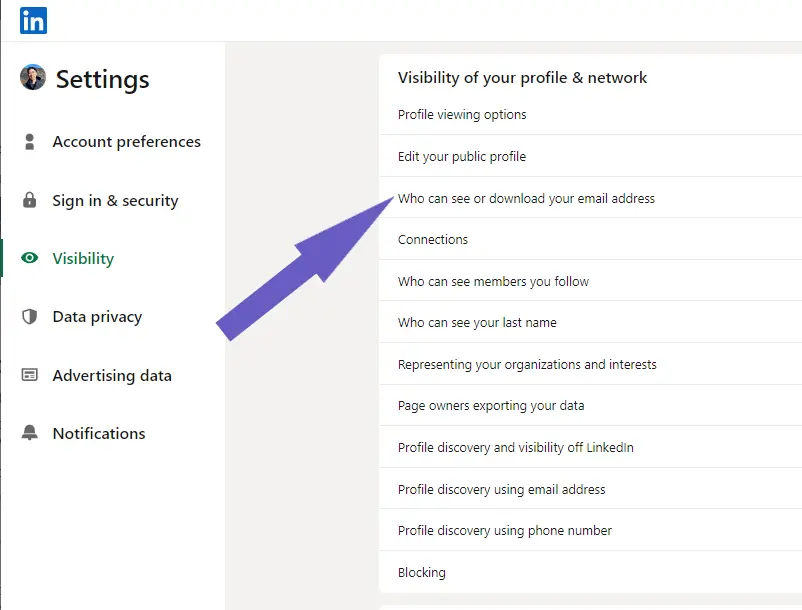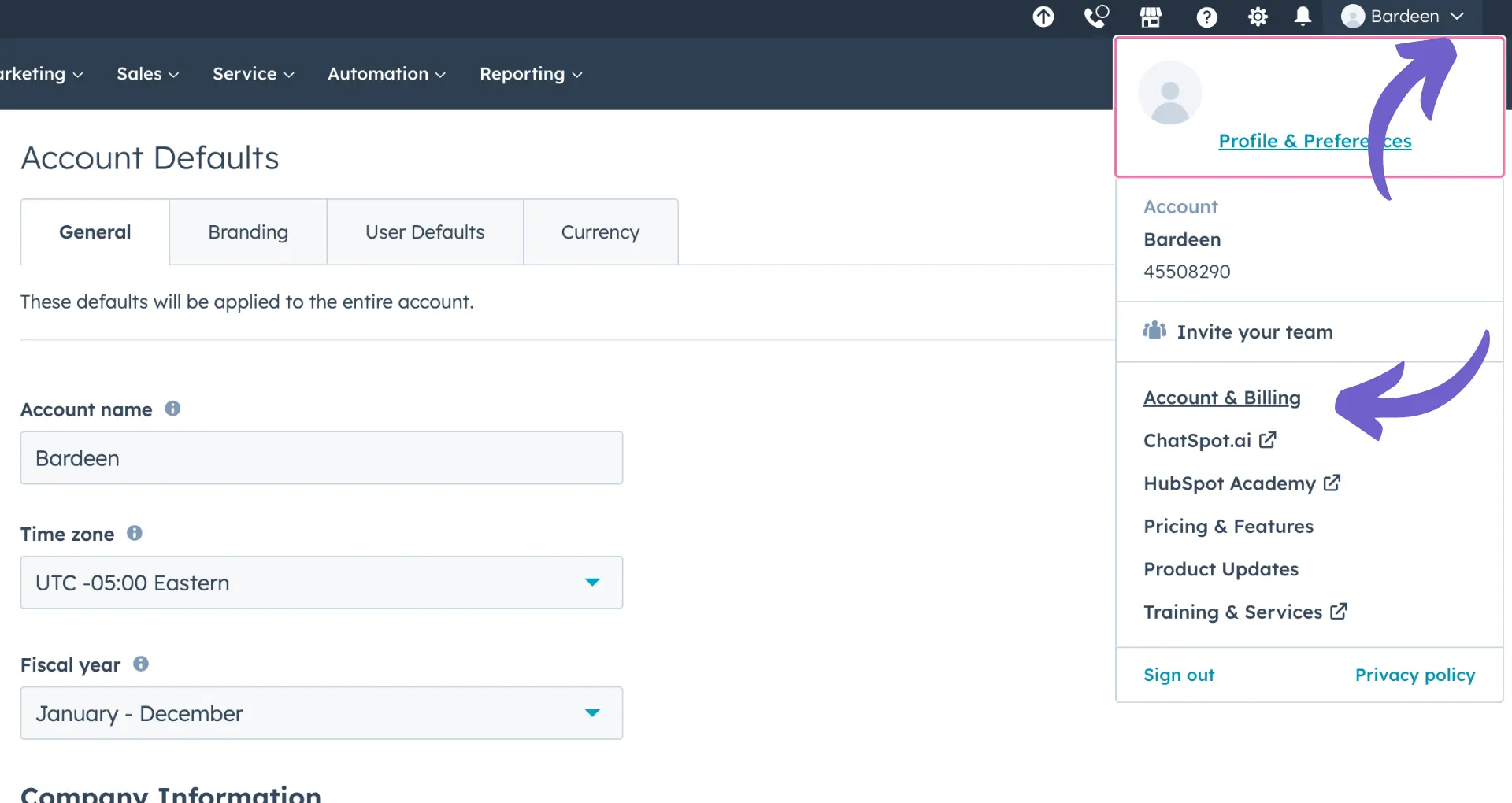Sharing Salesforce reports is crucial for fostering collaboration and informed decision-making within your organization. In this step-by-step guide, we'll walk you through the process of sharing reports with users, groups, and roles in both Salesforce Classic and Lightning. By the end, you'll be equipped with the knowledge to effectively manage access and permissions, ensuring data security and integrity.
Introduction to Salesforce Report Sharing
Sharing Salesforce reports is essential for promoting collaboration and data-driven decision-making within your organization. By giving the right people access to the information they need, you can:
- Improve team efficiency and productivity
- Ensure everyone is working with the same, up-to-date data
- Facilitate better communication and alignment across departments
Before we dive into the steps for sharing reports, let's define a few key terms:
- Salesforce Reports: Customizable views of your Salesforce data that help you analyze and understand your business performance.
- Report Folders: Containers used to organize and manage access to related reports.
- Access Levels: Permissions that determine what actions users can take with reports, such as viewing, editing, or managing.
Now that you understand the importance of report sharing and some basic terminology, let's explore how to share reports in both Salesforce Classic and Lightning. Learning about sales intelligence can also help you make better decisions.
Setting Up Report Sharing in Salesforce Classic
To share a report in Salesforce Classic, follow these steps:
- Navigate to the Reports tab in your Salesforce Classic interface.
- Locate the report you want to share within the appropriate folder.
- Click on the arrow next to the report name and select "Share."
- In the Share Report dialog box, select the users, groups, or roles you want to share the report with.
- Choose the appropriate access level (view, edit, or manage) for each recipient.
- Click "Share" to apply the new sharing settings.
When sharing a report folder in Salesforce Classic, keep in mind:
- Sharing a folder shares all reports within that folder.
- Folder access levels override individual report access levels.
- Changes to folder access may take up to 10 minutes to take effect.
By understanding these differences between sharing individual reports and report folders, you can effectively manage access to your Salesforce data. You can also connect Google Sheets to streamline data management.
Bardeen's AI can aid in automating Salesforce tasks. Get started with Bardeen to save time on repetitive tasks.
Utilizing Salesforce Lightning for Report Sharing
Salesforce Lightning offers a more intuitive and user-friendly interface for sharing reports compared to Salesforce Classic. To share a report in Lightning:
- Click on the Reports tab in the Lightning interface.
- Find the report you want to share and click on the dropdown arrow next to it.
- Select "Share" from the menu.
- In the Share Report dialog box, enter the names of users, groups, or roles you want to share with.
- Assign the appropriate access level (viewer, editor, or manager) to each recipient.
- Click "Share" to apply the new sharing settings.
Lightning's advantages for report sharing include:
- A more visually appealing and intuitive interface.
- Easier navigation and search functionality.
- Enhanced collaboration features like commenting and notifications.
- Improved mobile responsiveness for on-the-go access.
By leveraging Salesforce Lightning's user-friendly design and advanced features, you can automate sales prospecting and foster better collaboration within your organization.
Managing Access and Permissions
To ensure data security and maintain control over sensitive information, it's crucial to properly manage access levels when sharing Salesforce reports. The three main access levels are:
- Viewer: Can view the report but cannot make changes.
- Editor: Can view and modify the report, but cannot share it with others.
- Manager: Has full control over the report, including the ability to share, modify, and delete it.
When assigning access levels, consider the following best practices:
- Follow the principle of least privilege, granting users only the access they need to perform their tasks.
- Regularly review and update access levels to reflect changes in user roles and responsibilities.
- Use Salesforce's built-in security features, such as field-level security and sharing rules, to further control access to sensitive data within reports.
- Educate users on data security policies and their responsibilities in maintaining confidentiality.
Save time on managing access levels by using Bardeen's AI automation. Effortlessly keep permissions updated with Bardeen's smart workflows, leaving you more time to focus on critical tasks.
By implementing these best practices and carefully managing access levels, you can ensure that your Salesforce reports remain secure while still enabling collaboration and informed decision-making across your organization.
Sharing Reports with External Users
Sharing Salesforce reports with users outside your organization can be challenging, as they may not have Salesforce licenses. However, there are several solutions to overcome this obstacle:
- Utilize third-party tools like Coefficient, which allows you to synchronize Salesforce reports with Google Sheets or Excel. This enables external users to access the data without needing a Salesforce account. For example, you can connect Microsoft Excel to streamline the process.
- Export reports as PDF or Excel files and share them via email or secure file-sharing platforms. Be sure to follow your organization's data privacy policies when sharing sensitive information.
- Embed reports in a public-facing website or portal, allowing external users to view the data without direct access to Salesforce. Ensure that the embedded reports only contain non-sensitive information.
When sharing reports externally, consider the following steps to maintain data security:
- Review the report content to ensure that it does not contain any confidential or sensitive information.
- Set up appropriate access controls and permissions for the shared reports, limiting access to only the necessary individuals.
- Use secure communication channels and file-sharing platforms to prevent unauthorized access to the shared reports.
- Regularly monitor and audit external access to the reports to identify and address any potential security breaches.
By following these solutions and steps, you can securely share Salesforce reports with external users while maintaining data privacy and ensuring that the right information reaches the right people. For more on data handling, see how to scrape data from websites efficiently.






